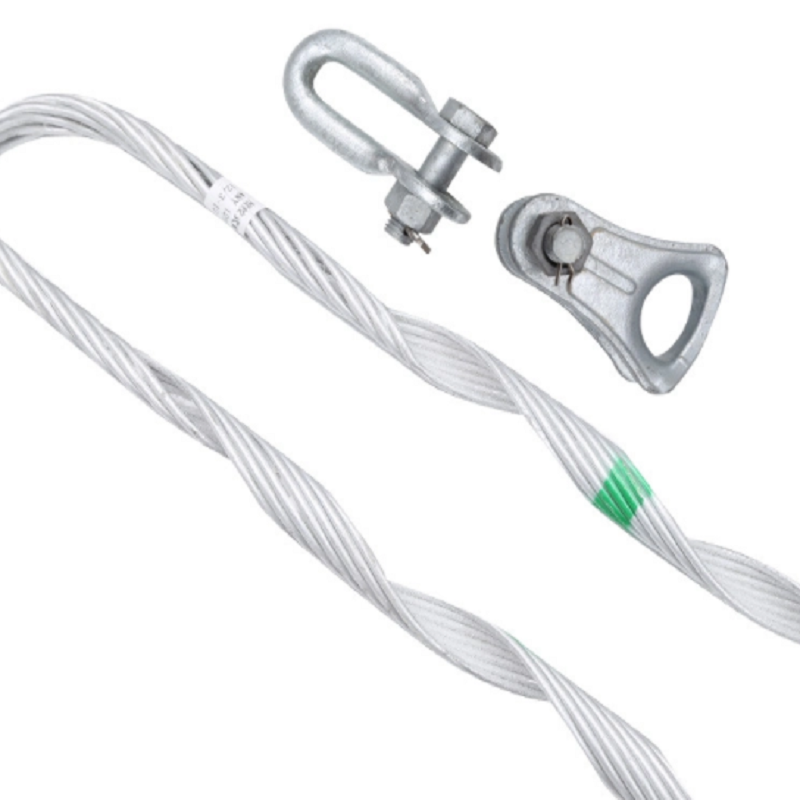Fittings are iron or aluminum metal accessories widely used in power transmission lines, collectively referred to as fittings. Most of the fittings need to withstand a large tensile force during operation, and some fittings also need to ensure good electrical contact.
So how are fittings classified?
1. According to the role and structure, it can be divided into wire clips, connecting fittings, connecting fittings, protective fittings and other categories.
2. According to the power fittings product unit, it is divided into malleable cast iron, forging, aluminum and copper and cast iron, a total of four units.
3. According to the main properties and uses of fittings, fittings can be roughly divided into the following categories:
1), overhanging fittings, also known as hanging fittings, supporting fittings or overhanging wire clips. This kind of fittings is mainly used to hang wires (ground wires) on insulated substrings (mostly used for straight pole towers) and suspend jumpers on insulator strings. It mainly bears the vertical load of wire or ground wire (ground wire).
2), anchoring fittings, also known as fastening fittings or wire clips. This kind of fitting is mainly used to tighten the terminal of the wire so that it is fixed to the string of wire-resistant insulators, and is also used for the fixing of the lightning wire terminal and the anchoring of the pulling wire. Anchoring fittings bear the full tension of the wires, lightning conductors and wind-induced loads.

3), connecting fittings, also known as hanging wire fittings. The main function of this kind of fitting is to combine the connections of insulators, overhang clips, tensile wire clips and protective fittings into overhang or tensile string groups. It is mainly subjected to horizontal and vertical loads of conductors (ground wires).
4) Continue the fittings. It is mainly used for connecting the ends of various types of wires and lightning protection wires, and can meet the mechanical and electrical performance requirements of the wires. Most of the connecting fittings bear the full tension of the wire (ground wire).
5) Protective fittings. Protective fittings are divided into two categories: mechanical and electrical. Mechanical protective fittings are designed to prevent strand breakage of wires and ground wires due to vibration; Electrical protective fittings are designed to prevent premature damage to insulators due to seriously uneven voltage distribution. Mechanical types include shock-proof hammers, pre-stranded wire guards, heavy hammers, etc.; Electrical protective fittings include uniform pressure rings, shielding rings and so on.
6) Contact fittings. This kind of fittings are used for hard busbars, soft busbars and electrical equipment outlet terminals to connect, wire T-connections and untended parallel wire connections, etc., these connections are electrical contacts. Therefore, the contact gold is required to have high conductivity and contact stability.
Post time: Jun-24-2022







